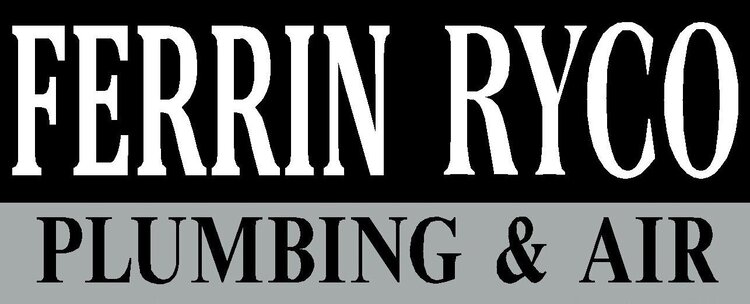The severity of damage a water leak can cause depends on a number of variables: the size of the leak, the location, the quality of the plumbing, the temperature outside, etc.
The last thing you should do is fool yourself into thinking that a small leak can’t turn into a big problem though. Just ask the owners of these vehicles, who came home from work one day to find their cars encased in several inches of ice due to a pipe bursting in the dead of winter.
Property damage resulting from water damage due to plumbing failures and freezing pipes is the second most common cause of homeowner loss, and water caused $9.1 billion in annual homeowner policy property losses annually between 2007 and 2009.
What kind of damage can be done?
The dangerous and expensive kind.
Here are a few examples of how costly (both to your wallet and to your health) not fixing those water leaks can be.
Major Damage & Dangerous Mold
We’ve all heard the horror stories of pipes bursting, basements flooding, and houses becoming completely ruined because of water damage. The example above doesn’t need any more explaining, and it doesn’t take a plumber to know that a ton of water can easily ruin a home.
Major water damage is expensive to fix. That’s obvious. What people don’t realize is that expensive problems can occur even if the culprit is a small leak that goes unnoticed for a length of time
Even small amounts of water damage, if not taken care of, create a perfect environment for mold and bacteria to grow.
Not as noticeable as a monsoon-type flood, but just as dangerous, and it has to be taken care of.
Wasted Water (And High Bills)
In an average residence, 22 gallons—yes, gallons—of water are lost to leakage each day.
If that didn’t get your attention, then look at it this way. The average home loses about 14% of its water to leaks. You’re paying 14% more each month for water you never even use.
What makes those stats even more heartbreaking?
It is estimated that up to 93% of the cost of water damage could have been prevented or minimized if an automatic leak detection and shut-off system had been present in the homes.
The worst part about this fact is that not only are you paying for the extra water, you’re paying for the problem the extra water creates for you. It really is a double-whammy.
Detection & Prevention
Of course we’re not going to leave without suggesting a few practical steps you can take to prevent leakage and water damage.
Here they are:
1) Keep a close eye on your water bill. Large fluctuations might signal a substantial leak.
2) Regularly check water-based appliances (dishwasher, washing machine, fridge, etc.) for leaks.
4) Install automatic shut-off values at individual appliances and fixtures incase they malfunction.
5) Similarly, install a flow sensor that detects plumbing leaks and shuts off water for the entire house.
6) Use a moisture water meter to find hidden leaks. You can determine if you have moisture behind your walls.
7) If you spot a problem, fix it quickly!
8) When you're going to be gone from your home for an extended period of time, turn your water off to the house. Make sure your pets on and plants on automatic watering systems still have water though.
Final Thoughts
If you haven’t experienced water leaks in your home at one point or another, consider posting a few tips and tricks on how you monitor fixtures and keep everything sealed up tight.
For the rest of us, keep in mind the steep costs of little leaks, and get in the habit of regularly preventing, detecting, and fixing leaks before they become a big problem.
How do you prevent leakage in your home?
Please share a few tips in the comments!
Image: Flickr






